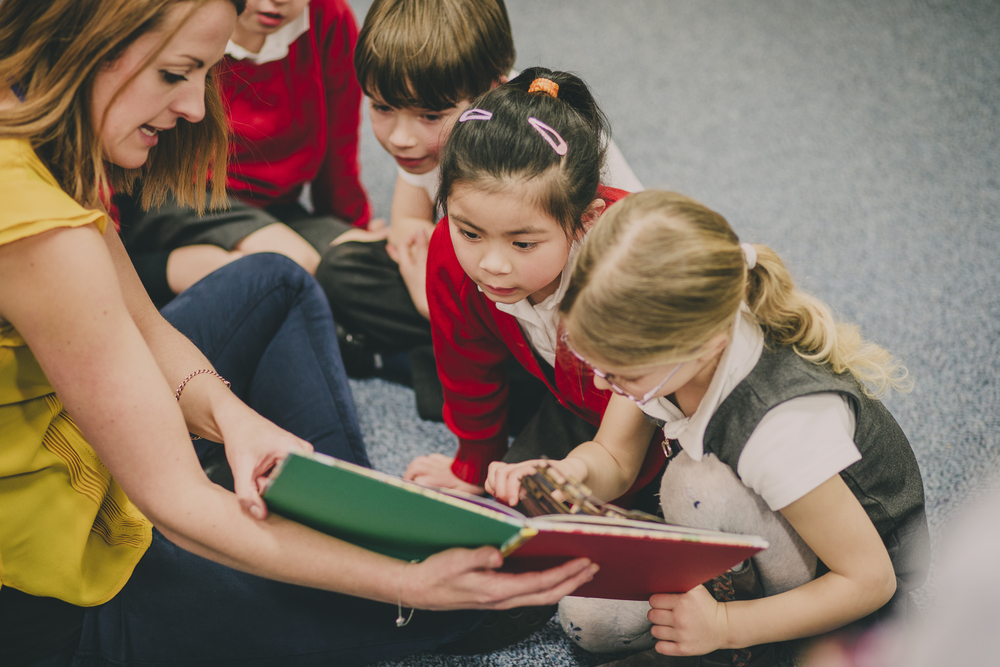Guided reading is an approach where teachers facilitate the teaching of reading to smaller groups of children of similar ability while independent stations are happening in their classrooms.
A class may have three or four guided reading groups depending on the number of students and the range of reading ability. Groups will work together with the teacher for 20-30 minutes or so once a week.

For a range of station-based activity ideas to keep the rest of the class independently engaged while you work with a guided reading group, click here: Independent student activities for guided reading sessions
Why guided reading?
The nature of reading changes dramatically as children move up the school. The tasks that children meet as they progress from 2nd to 6th class become more challenging. Children are expected to answer higher-order questions, respond both critically and personally, find evidence to support their answers, make inferences about complex ideas and connect ideas across multiple texts and contexts. Children need stamina and motivation to stick with much longer and more complex tasks. Guided reading focuses on these skills using selected, age-appropriate texts.
How is it different to other forms of reading in class?
Unlike ‘round robin’, shared or choral reading, which generally only exercise the ability to sound out words, guided reading expects students to read at their own silent reading pace and then engage collaboratively with a variety of questions and activities that probe and explore their understanding. Of course, you may ask a child in the group to read some bits aloud to check that the text is appropriate or to track and assess their general reading ability.
Some of the comprehension strategies you can explore together as a small group in a guided reading session include:
- Monitoring understanding
- Making connections
- Summarising
- Drawing inferences
- Synthesising
- Visualising
- Determining importance
Questioning is a key aspect of all these strategies. Questions open the doors to understanding. When students engage with questions, they are also less likely to abandon the text. The small group format further encourages talking and enables peer to peer learning.
Click Next page for some quick ideas on monitoring understanding.


Leave a Comment